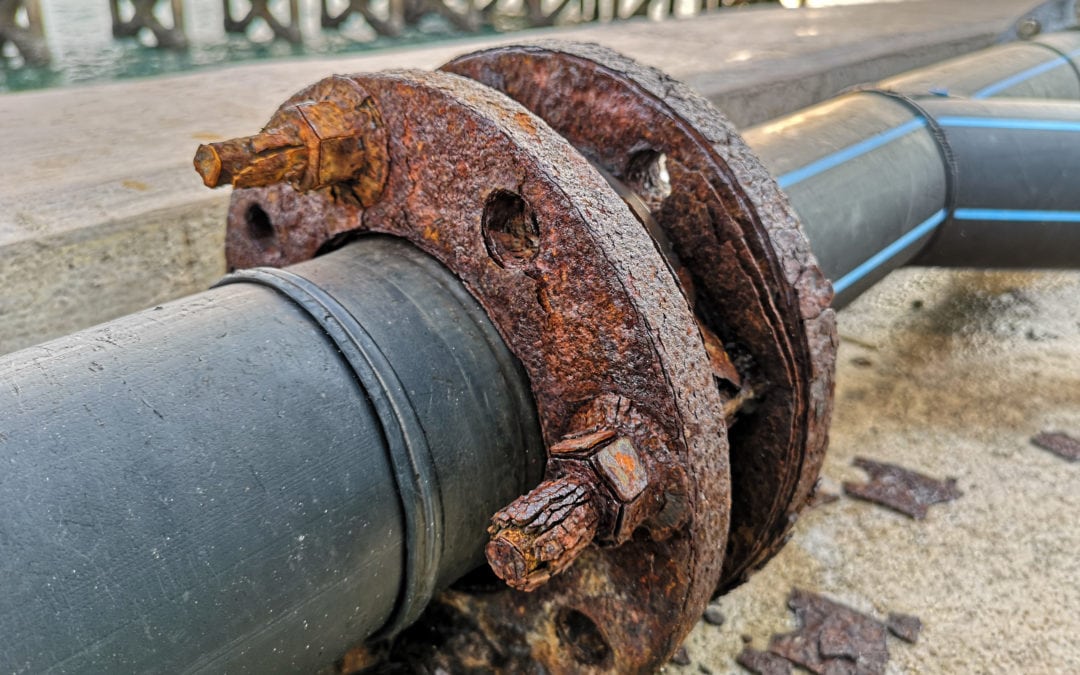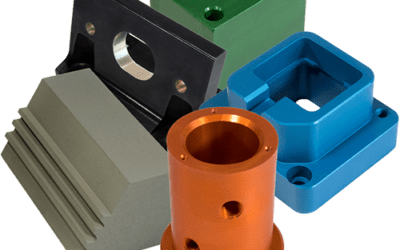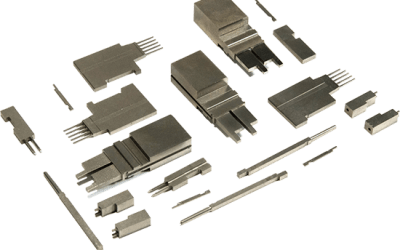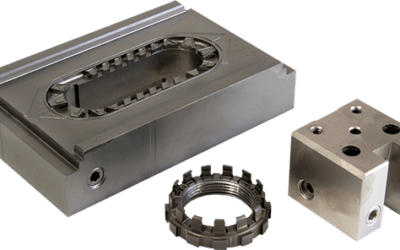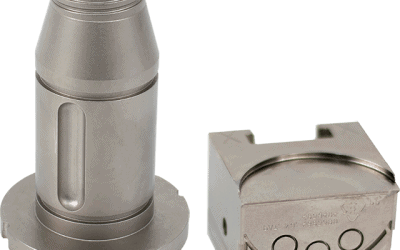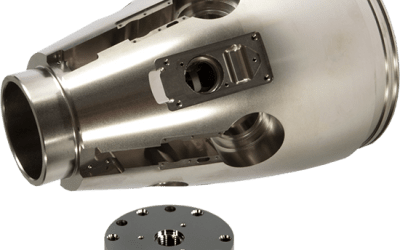Best Coating Services for Corrosion Protection in High Chloride Environments
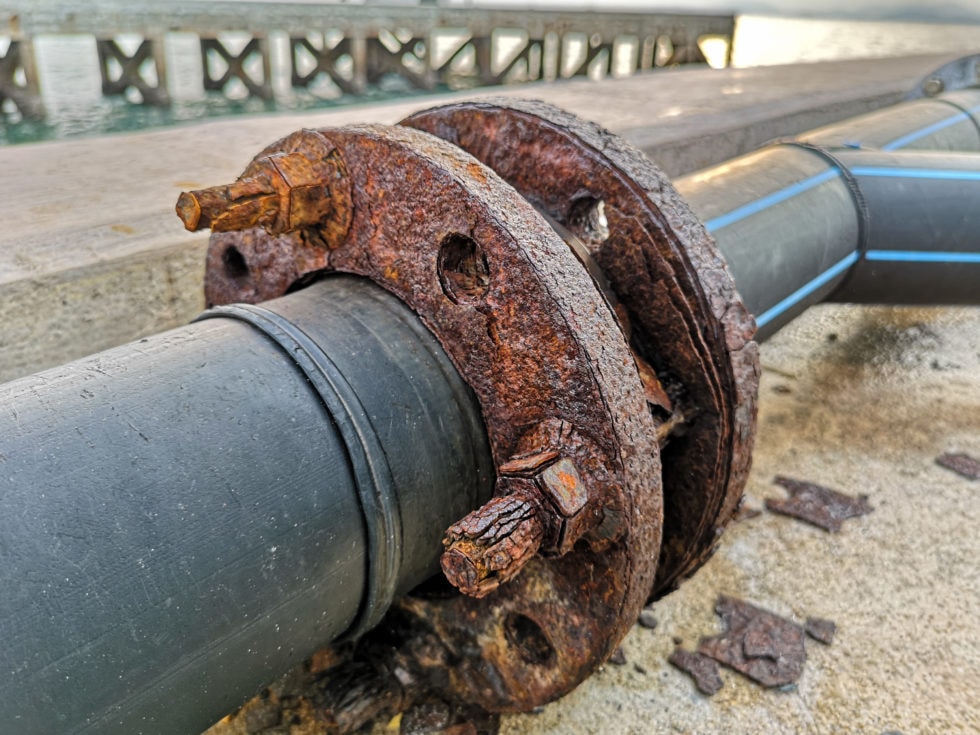
High chloride environments, moisture, salt spray, oxidation, and exposure to environmental or industrial chemicals all contribute to the corrosion of metals. Corrosion affects the integrity of the metals and has a staggering impact on the global economy with costs of $4 trillion annually; with 80 percent of unscheduled industrial shutdowns attributable both indirectly and directly to corrosion damage. While corrosion cannot be eliminated, it is preventable. Industries could save up to 30 percent on corrosion-related costs by implementing corrosion management best practices, including proper design and carefully considering surface preparation and coatings.
The need to reduce direct and indirect loss from corrosion will be a major driver in the growth of the corrosion protection coatings market due to end-use industries such as marine, oil & gas, petrochemical, infrastructure, power generation, and water treatment. The market is expected to grow from USD 6.9 billion in 2020 to USD 8.9 billion by 2025, at a CAGR of 5.3%. More than one-third of the losses can be prevented through the use of corrosion-resistant materials, such as electroless nickel plating, anodizing, hard chrome, chrome impregnation, and zinc plating, all of which provide optimum corrosion protection.
Selecting Corrosion Protection Coatings
The proper coating services contribute to the performance, quality, and longevity of finished parts. For parts used in high chloride environments, hard chrome plating and electroless nickel plating are two favorable coating options to protect machined products from the effects of corrosion. Generally, both coating services work well with a variety of substrate materials. Both hard chrome and electroless nickel, are well known for durability and their excellent corrosion-resistance properties. The appropriate choice comes down to the application and specific requirements of the parts.
Hard chrome plating is an industrial chrome used to finish parts to be more functional. It features anti-stick and release capabilities, making it ideal for use on gears, pistons, and shock absorbers. As the name implies, hard chrome is known for its hardness and therefore is likely to wear well compared to other coating services. However, harsh conditions, such as high chloride environments, can affect longevity. For example, hard chrome offers only 24 hours of salt spray corrosion protection compared to electroless nickel which boasts over 1000 hours of salt spray protection
Electroless nickel plating is superior in its uniformity and smoothness, leaving no opportunity for moisture to penetrate the coating. This results in unbeatable corrosion protection. Uniformity and smoothness also make electroless nickel the preferred finish for irregularly shaped parts or components. Electroless nickel plating is widely used for precision parts and applications in harsh conditions. Electroless nickel is the top choice to protect everything from fuel injectors and cylinders, to pump and pipe fittings. In some instances, electroless nickel delivers over 1000 hours of salt spray corrosion protection, making it an ideal choice for outdoor applications, especially in high chloride environments.
High Phosphorus Electroless Nickel Coatings for Corrosion Resistance
Electroless nickel increases durability, lubricity, ductility, and hardness and offers exceptional versatility. A multi-layer or duplex system consisting of an underplate of copper or electrolytic nickel prior to the electroless nickel deposit even enhances the corrosion performance of electroless nickel plating. Additionally, the percentage of phosphorus used in the electroless nickel plating process can influence the metallurgical properties of the resulting coating. This further broadens the scope of applications for which electroless nickel plated parts can be used.
- High phosphorus electroless nickel plating (HPEN) – Results in materials known for superior corrosion protection. This coating service protects cast and fabricated parts from corrosion and is preferred in applications such as coal mining and oil drilling where parts are exposed to highly corrosive and high-chloride environments. When properly applied, such as through PFI’s processes, the coating is almost completely resistant to alkalis, salt solutions, chemical or petroleum environments, and all types of hydrocarbons, solvents, ammonia solutions, and acids. It delivers approximately 1,000-hours salt bath protection for up to .001” thick plating.
- Medium phosphorus electroless nickel plating – The most common electroless nickel option, this coating service is known for its fast plating rate. It is used where hardness or brightness are required.
- Low phosphorus electroless nickel plating – Results in a coating measuring very high on the Rockwell scale (RC) for hardness. It is applicable in any application requiring exceptional strength and durability.
When to Use High Phosphorus Electroless Nickel Plating
The corrosion protection offered by electroless nickel is one of the major reasons for its widespread use as a protective coating. Electroless nickel behaves as a true barrier coating between the corrosive environment and the substrate. With its superior corrosion protection, high phosphorus electroless nickel plating is commonly used on parts and components exposed to high chloride environments, corrosive environments, and outdoor elements.
Not all electroless nickel deposits perform in the same way; the coating services must be selected to meet the requirements of the exposure conditions. For instance, high phosphorus electroless nickel plating deposits are inferior to low phosphorus deposits in elevated temperature and strongly alkaline environments, but are superior in neutral or acidic applications. Other factors that should be considered to optimize corrosion protection include the nature and surface condition of the substrate, the thickness of the deposit, and any post-plating requirements, such as heat treatment.
With its uniformity, hardness and corrosion protection, high phosphorus electroless nickel plating is ideal for parts that function under extreme high chloride environments. When faced with decisions regarding coating services, an in-depth evaluation of requirements, application, environment, and use can result in the most effective corrosion protection for each unique instance. This leads to the less frequent need for the machining and polishing of parts, and an overall increase in durability.
PFI Offers Excellent Coating Services for Superior Corrosion Protection
PFI offers a full array of corrosion protection coating services for any application:
- Hard Chrome – In addition to corrosion protection, hard chrome provides anti-stick and release capabilities.
- Chrome impregnation – A chromium coating compatible with most ferrous and non-ferrous metals, allowing for flexibility in base materials.
- Zinc – An often-requested coating when corrosion protection is needed at a low cost.
- Electroless nickel plating – Resulting in electroless nickel having bonded to the substrate. The solution seals off the substrate from the outside environment, making it an excellent choice for corrosion protection. Electroless nickel deposits uniformly on the base material, making it perfect for salvaging weathered or worn parts.
In addition, PFI’s coating services can be applied to a wide range of materials across many applications, specializing in coating nearly all cool steels, aluminum, copper, and beryllium. Our coatings are used for molds used in plastic manufacturing, for threaded parts and components, and coatings on screw machined products used in particularly high chloride environments, saltwater, and outside applications where there is high risk for corrosion. When choosing corrosion protection coating services, PFI can assess and meet nearly any requirement.
